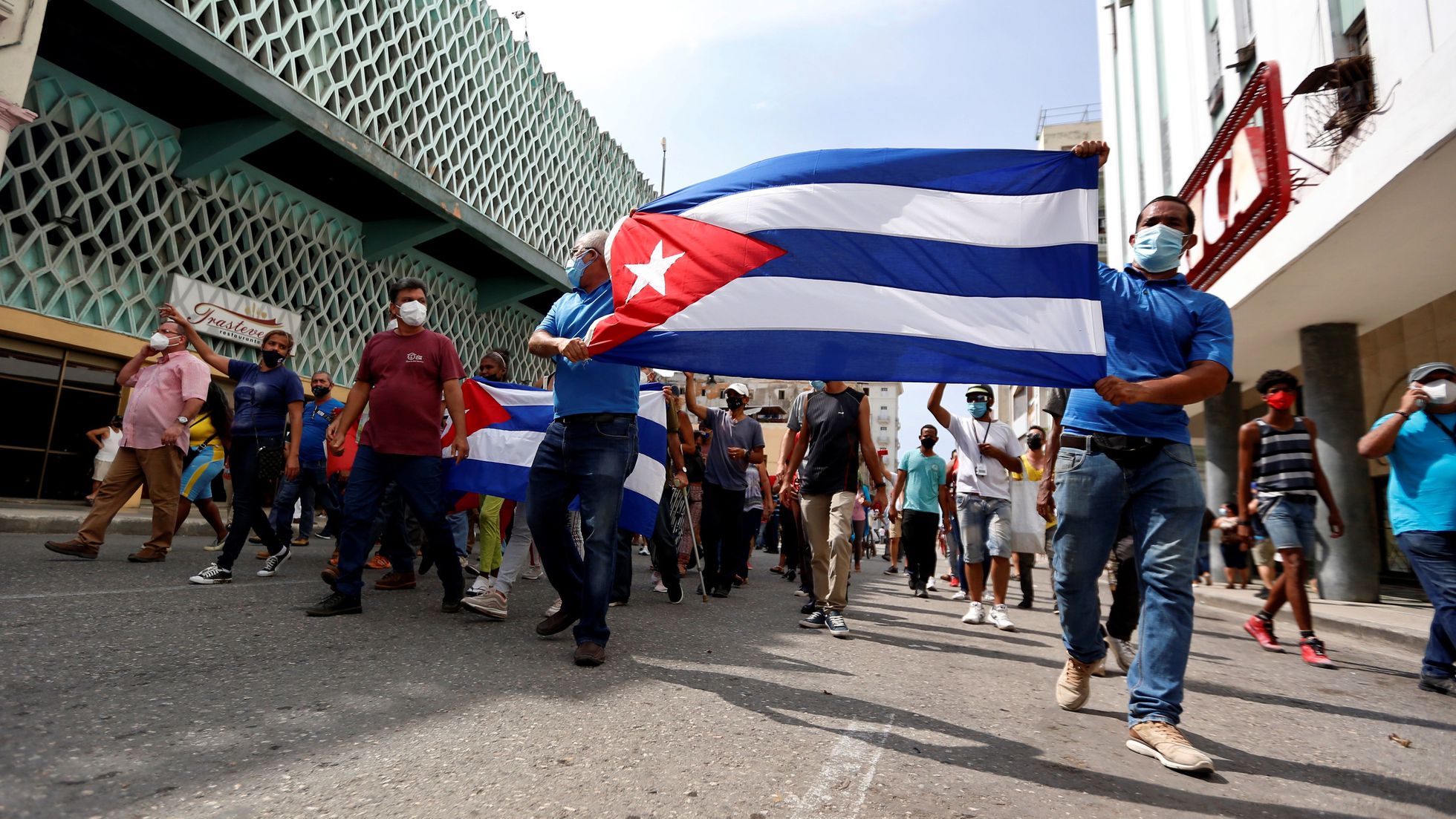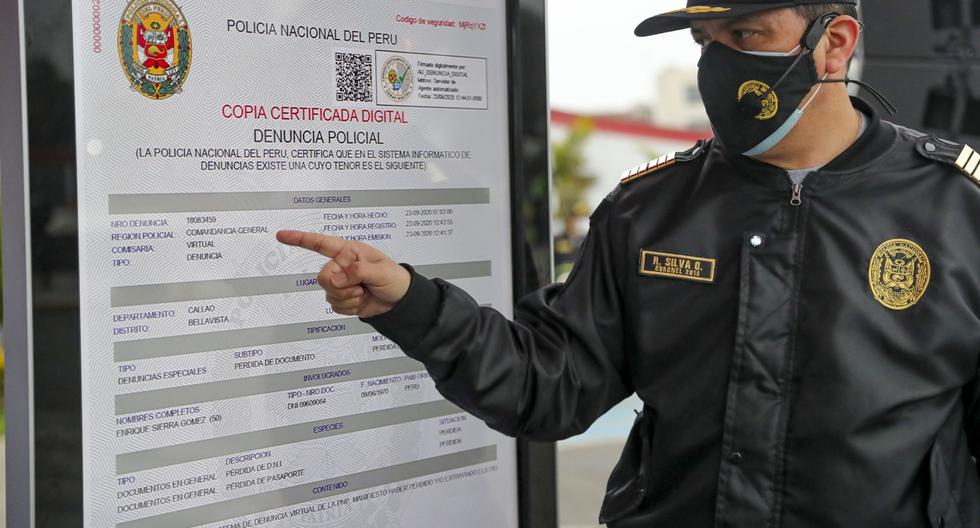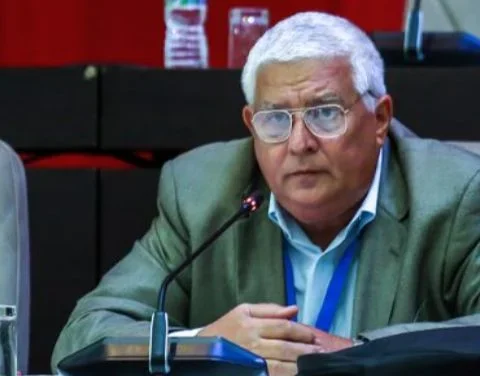The Cuban Conflict Observatory (OCC), which produces monthly reports on the conflict on the island, documented 364 protests in September, which, according to its registry, were the most numerous since July 2021.
In a statement with the results of the September report, the OCC points out that the last two days of that month were the most conflictive, with 43 cacerolazos, roadblocks and marches in Havana (33), Las Tunas (3), Villa Clara (3), Holguín (1), Santiago de Cuba (1), Mayabeque (1) and Matanzas (1).
According to its website, the Cuban Conflict Observatory is an autonomous project of Cuban civil society supported by the Foundation for Human Rights in Cuba, which is based in Miami.
The mission of the Cuban Conflict Observatory (OCC) is “to expose, educate and empower citizens willing to take initiatives to promote the solution of the problems that afflict Cuban society.”
According to the published report, in September there were 227 protests in Cuba for political and civil rights (62%) and 137 for economic and social rights (38%).
The report highlights that in the ninth month of the year there was a total collapse of the National Energy System, the worsening of a new epidemic (dengue) and a devastating natural disaster (Hurricane Ian) that left some 30,000 homes partially or totally destroyed in the westernmost provinces.
The OCC highlighted that during a tour of areas affected by Hurricane Ian, Cuban President Miguel Díaz Canel was greeted with shouts and boos in the town of Batabanó (south of Havana).
The report notes that “the government’s response to demonstrations of popular discontent remains focused on repression” and that “governance continues to deteriorate.” EFE















